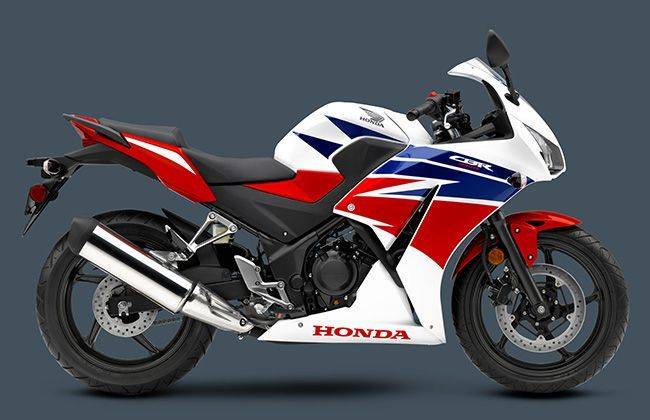Expanding the Quarter Liter Segment
Modified On Dec 1, 2015 By Sachin Sen
- 1482 Views
How the 250cc segment isn’t just the 250cc segment anymore?

Not so long ago, the Quarter Liter motorcycle segment was suitably defined by 250cc motorcycles. In the 1980s, there was the Honda CBR250RR, Yamaha FZR250, Suzuki GSX R250 and a kawasaki ZXR250R. There were also motorcycles like the CBR400RR but they didn’t compete with the 250cc crop back then and had their own segment to play in. In the 1990s and throughout the 2000s, there was just the Kawasaki Ninja 250R keeping the segment alive before Honda joined in with their CBR250R single in 2011.
Today, we have the Ninja 300, CBR300R, YZF-R3 and KTM RC390 all competing against each other even when there’s a clear difference of 87cc between the least and the most powerful motorcycle in this group.
So why has this mix happened? Are manufacturers just playing by their heart and creating the best possible stuff unbound by the basic definition of the segment? May be, but there’s a reason behind it. A pretty solid reason indeed.

In 2012, Kawasaki introduced the Ninja 300 to the world (as the 2013 model) and for the first time, the 250cc segment got pushed to 300cc. It can be assumed that Kawasaki might have just wanted to up the game in the Quarter Liter segment, but that could only pe a part of the reason.
Europe is one of the biggest two wheeler markets in the world and the birthplace of some of the most exotic and high end motorcycles that we see. In January 2013, Europe saw a major update in the two wheeler license regulations. The two wheeler category got divided in three license categories – A1, A2 (new) and A. In a nutshell, this meant that under A1 license, all motorcycles would have to be under 125cc and with the power limit of 14.75bhp while the Trikes (3 wheeled motorcycles) would have the power limit of 20.11bhp. Under license A, the rider would be eligible to ride any motorcycle and there would be no power limit either.
The interesting part is the A2 license. While there’s no cap on the engine cubic capacity (CC), all vehicles under the A2 license would have the maximum power limit of 47bhp and the power-to-weight ratio not exceeding 0.26bhp per kg. This meant that motorcycle manufacturers could now develop and produce beginner level sportbikes within the specified regulation. Seemingly, 250cc – 400cc motorcycles are the fittest to fall in this category. In other words, manufacturers could now make beginner sportbikes of upto 47bhp as long as they remain under the mentioned power-to-weight ratio.
And so, Kawasaki presented the motorcycling world with a parallel twin 300cc Ninja, producing 39bhp, as a 2013 model and an upgraded version of the Ninja 250R. Since then, other manufacturers have responded as well. However, it depends on company to company how they intend to present themselves in a particular segment. So while Honda has a single cylinder CBR300R today for European and American markets, they also have a twin cylinder CBR500R which they specifically made to adher to the A2 license regulations. It produces 47bhp and weighs 193kgs meeting the said requirements. Kawasaki, on the other hand, has the Ninja 300 doing the balancing act.

Likewise, KTM (along with Bajaj) developed the Duke and RC390 that produce 43bhp and weigh around 149kgs and 159kgs respectively. They are considered to be the best value (price-performance ratio) in this category. Yamaha is the latest entrant in this segment with the YZF-R3 featuring a 321cc parallel twin engine and producing around 42PS of power with 169kgs of metal to push.
It is true that manufacturers always compete with each and bring out a better and more powerful motorcycle than the other, yet, it is also true that various licensing laws around the world play a huge role (possibly the most important role) in the direction that motorcycle manufacturers take. For example, Indonesia has a a certain law which makes all motorcycles above 250cc to be very expensive there. For this reason, Kawasaki and Yamaha have the Ninja 250 and YZF-R25 selling there (instead of Ninja 300 and R3) respectively.
I guess India is just plain lucky to not have such laws and we tend to get the better option more often.
